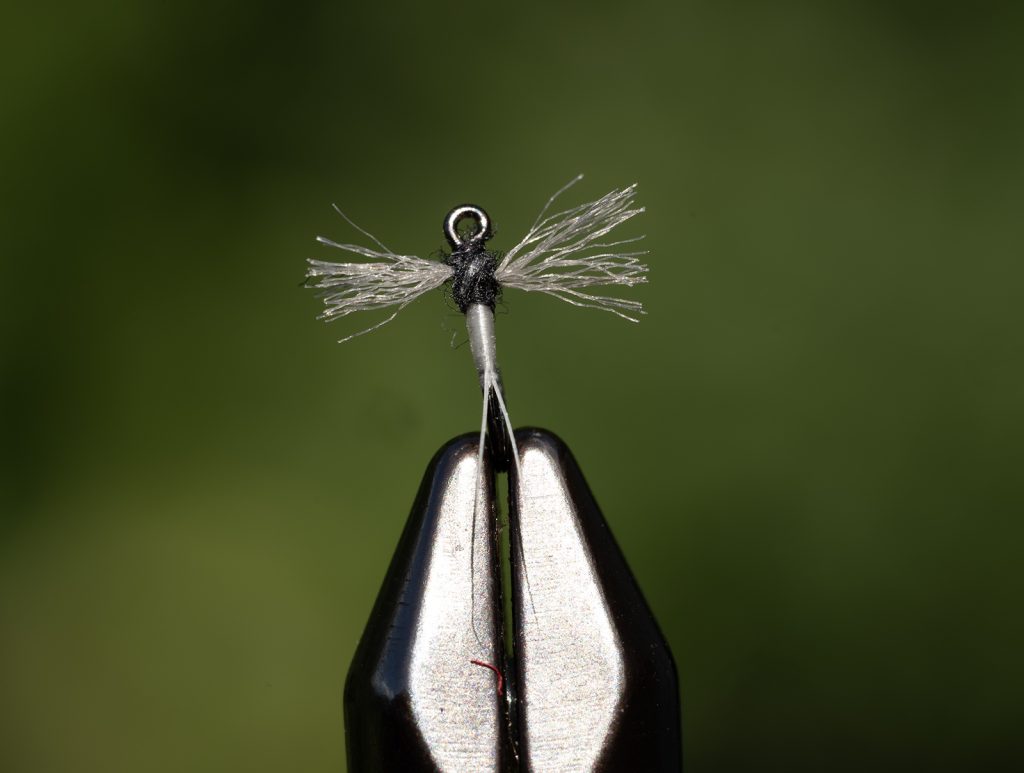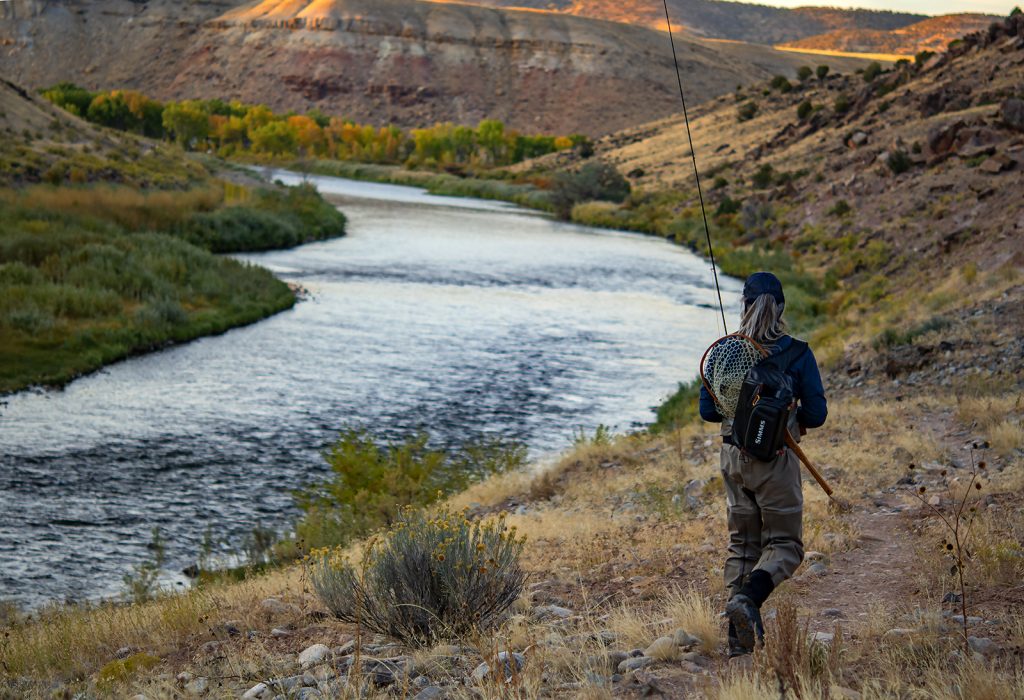
It’s the middle of August and some of us (myself at least) are looking forward to cooler weather and autumn fishing. Autumn is by far my favourite time of year and has plenty to offer in terms of fishing. One thing that some tend to overlook is the fact that hatches of both may flies and caddis can pick up a little and offer some surface action. At this exact time, I’d concentrate my effort in the evenings and early night. Just as sea trout, big browns like big flies fished just under the surface (just letting you know).
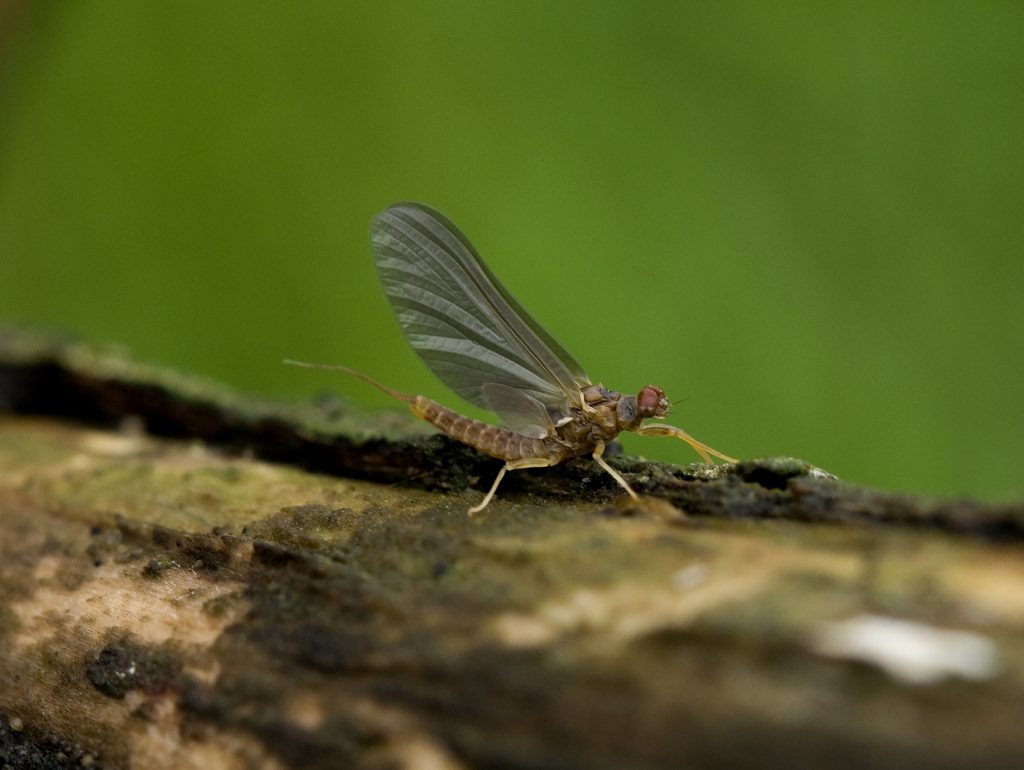
You can find find several species and sizes of may flies in both the rivers and on the lakes. They certainly don’t hatch as intensely as they did in the spring, apart from that little, annoying Caenis Rivolorum known as “The Angler’s Curse”. They’re small, very small, and can hatch in unbelievable numbers – regular blanket hatches. They of course don’t bite, but they are still incredibly annoying.

A few species have a second generation autumn hatch as well as the spring hatch, most notably the Large Dark Olive, but usually they’re a bit smaller than the spring generation. The Medium Olives and Blue Winged Olives also hatch late in the season. As all of the smaller may flies, they’re quite easy to imitate and I think, with a little experience behind the vice, sometimes the hardest part is to pick out the style and pattern you want to use.
More or less any style can be tied in colours and sizes to match what ever you want.So let’s take a close look at how Håkan Karsnäser ties an upright winged may fly using burned wings.
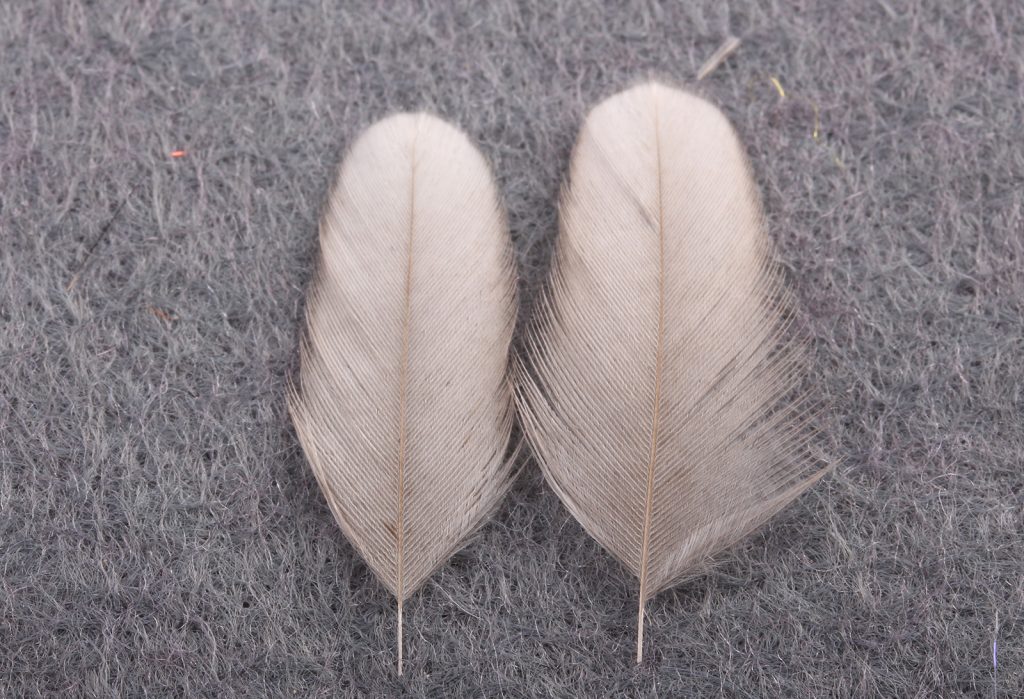
Prepare a pair of hen hackles in a suitable size by removing the fluff from the bottom.
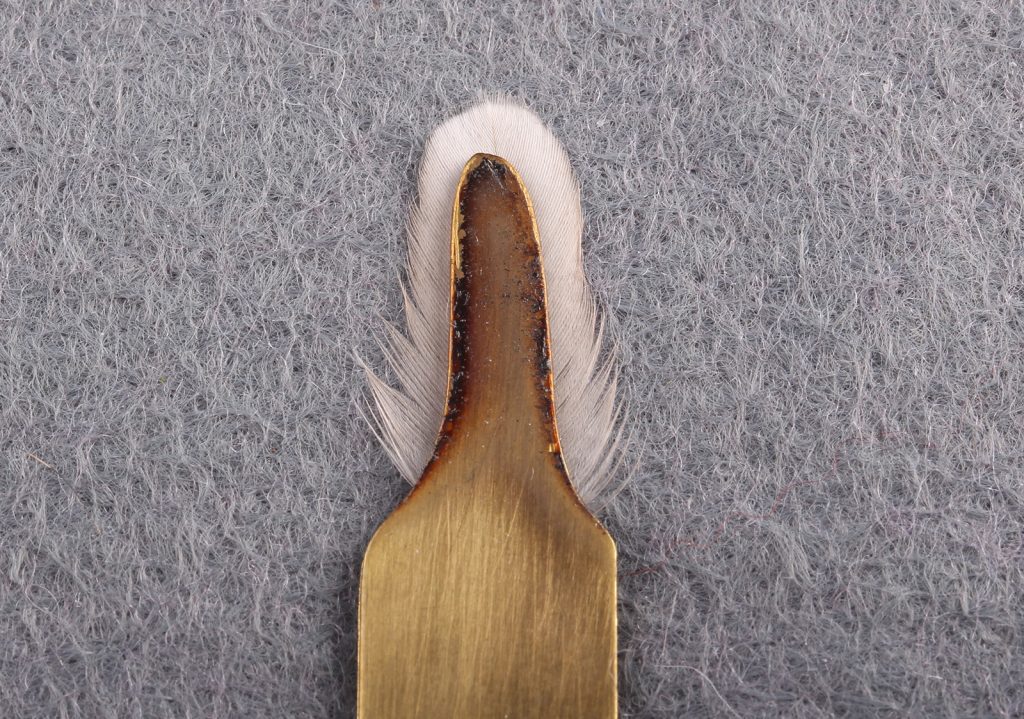
Place them in a wing burning tool and squeeze tightly and quick run a lighter along the edges of the feather, burning off excess.

The result.
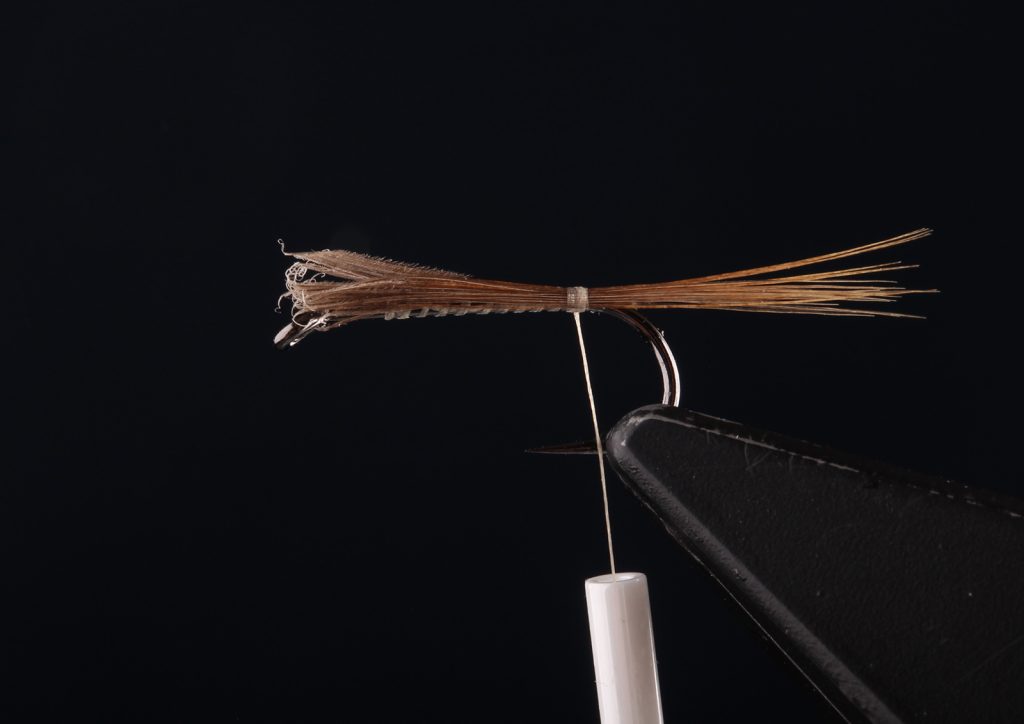
Place a hook in the vice, attach the thread and tie in a small bunch of hackle fibres for the tail.

Tie in a rib, if needed.
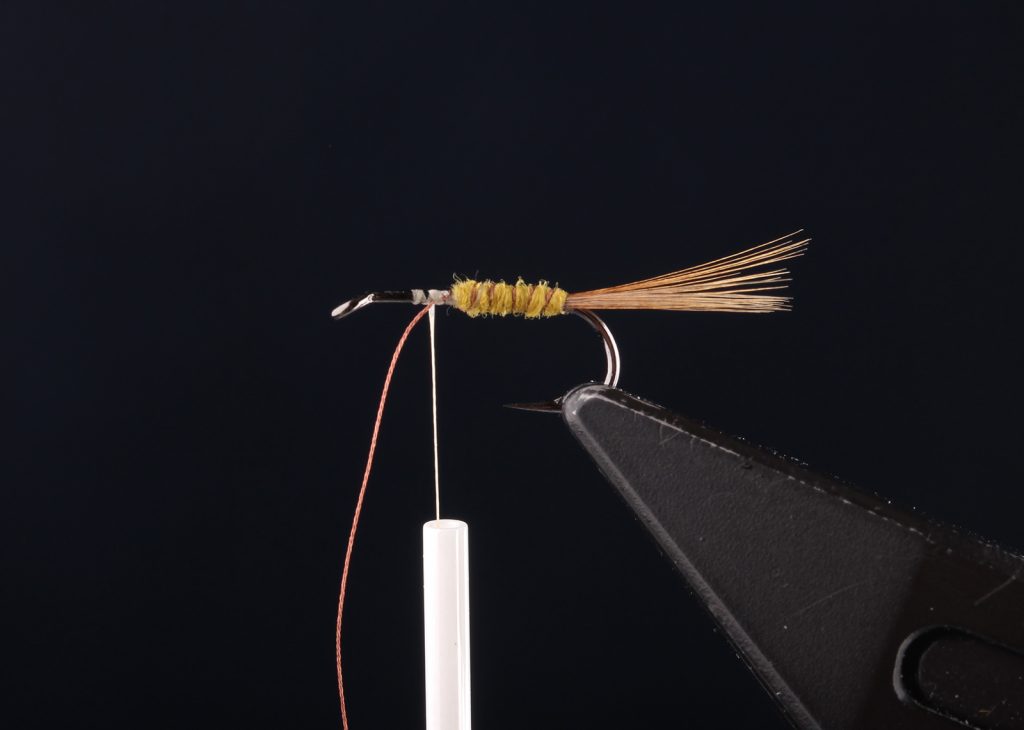
Make a slender, tapered body and wind the rib over it in open turns.
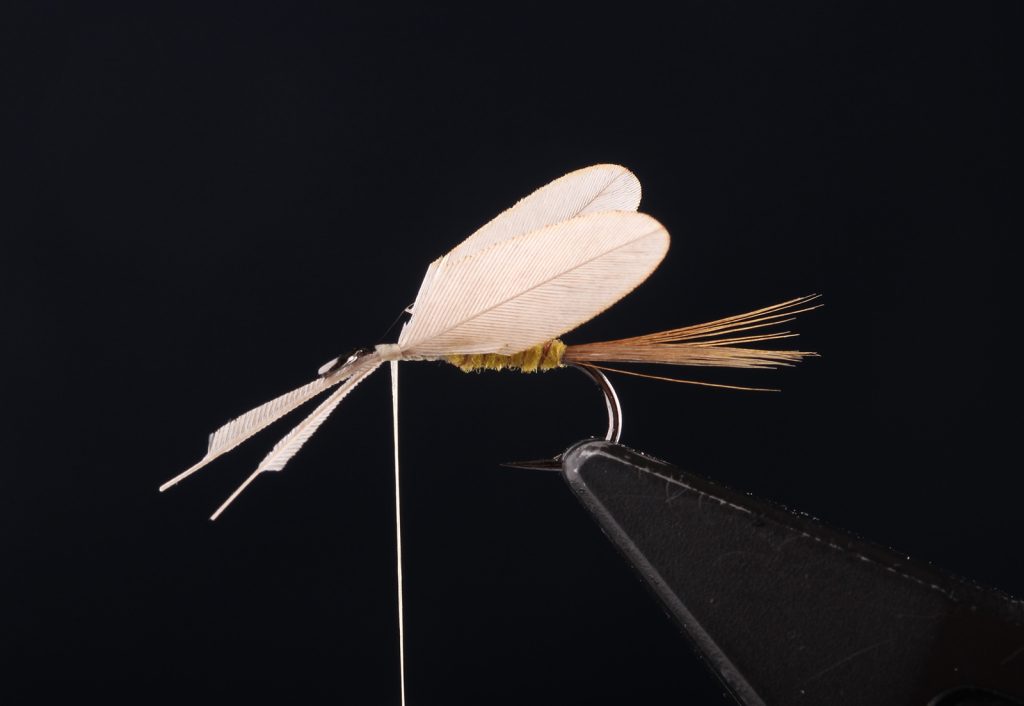
By trimming off hackle fibres, cut the wings to the right size. Tie them in so they slope backwards over the body. Make sure they don’t twist. Sometimes the easiest is to tie them both in at the same time, so they support each other as you tie them in. By cutting the fibres close and not ripping the off you also get a better support, so they’re less prone to twisting.

Cut off the waste and raise the wings slight with turns of thread behind the wings and tie in a hackle
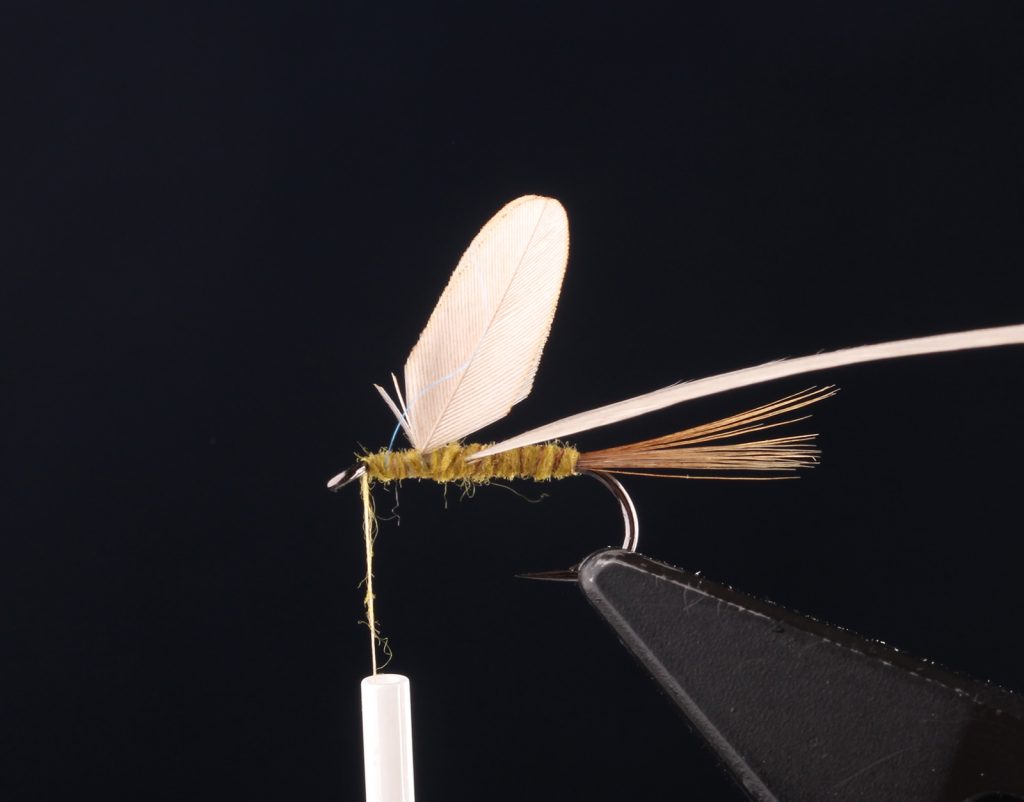
Dub the thorax.

Wind the hackle forwards over the thorax. Wind a fairly dense hackle. Tie off the thread, form a little head and varnish it.

Take your scissors and cut the hackle fibres flush with the body on the underside.
Cutting the hackle flush makes the fly sit a little deeper in the surface creating a more natural looking profile. The feather wings are also easily caught by the wind, so to prevent the fly from rolling over, the flush hackle also supports the fly better. If it’s windy, I usually choose some else than burned or cut winged may flies, because they will always have a tendency to twist the leader, more so when it’s windy of course. But their big advantage is the clear profile of two upright wings. They work equally well on both lakes and rivers.
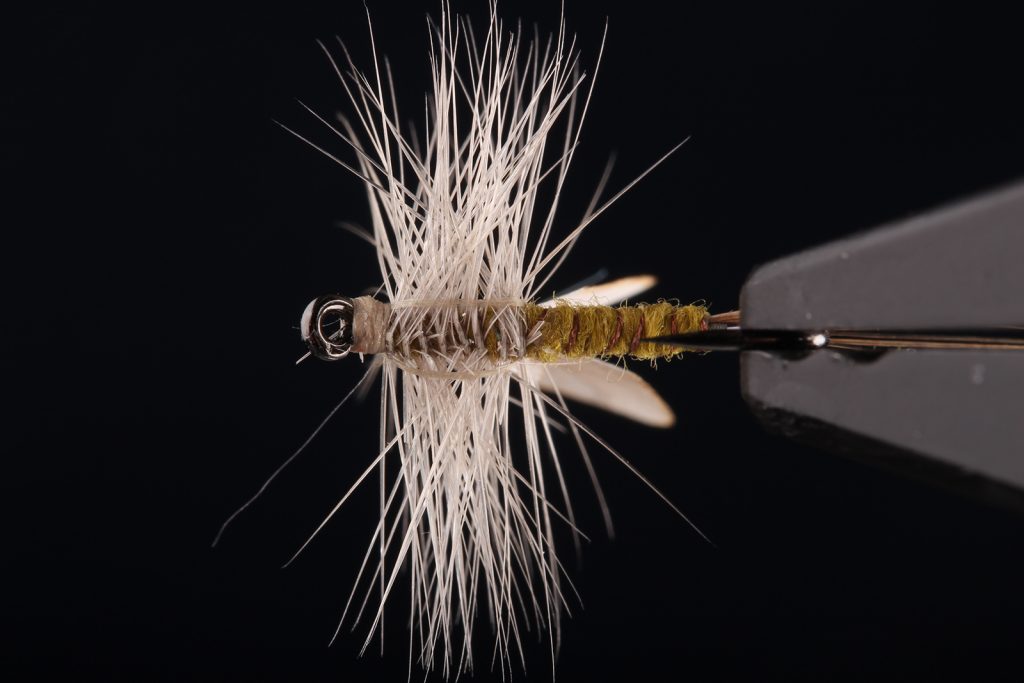
There’s a limit to how small an imitation you can tie using the burned or cut wings. The smallest of may flies I found are best imitated with a small parachute. And I can’t say small parachute without referring you to one of Stefan Larsson’s videos. He’s definitely our resident Small Dry Fly Master.
Here Stefan ties his “Five Shades of Grey”, a good allrounder to imitate several of the small may fly species. This one’s an 18, but if you were to imitate “The Angler’s Curse”, a size 20 is better. The spinner is often good too, and there’s very little reason to get over complicated.
